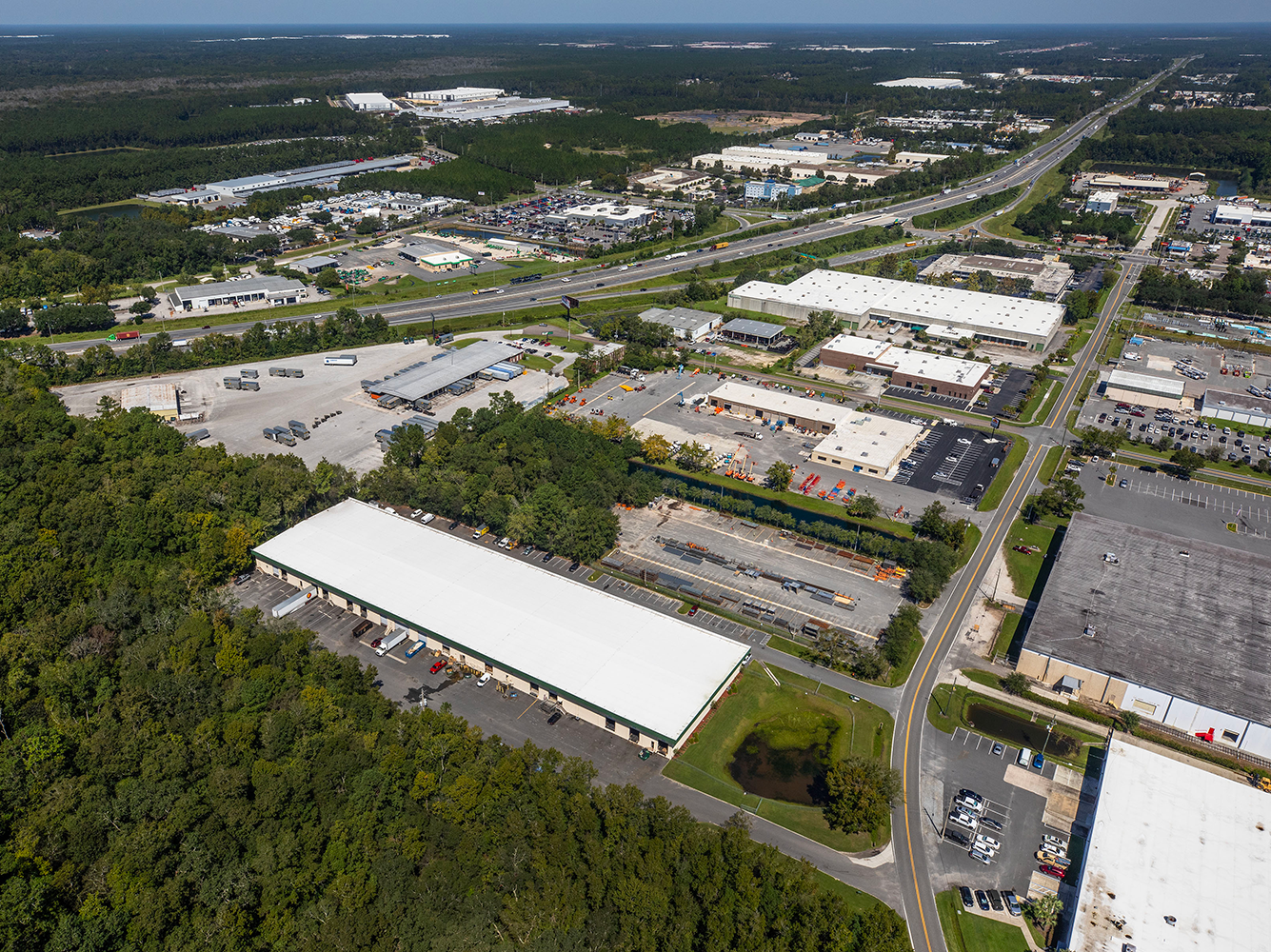E-Commerce’s Impact on REIT Strategies
By Scott Crowe, Chief Investment Strategist, CenterSquare: How the growth of online sales is leading different REIT types to shift focus.
By Scott Crowe, Chief Investment Strategist, CenterSquare
 Over the past decade, technological advancements have reshaped the way we live, work and play like no other time in our history. One arena where technology has had a vastly observable impact is in American shopping habits, as e-commerce is supplanting traditional brick-and-mortar stores as the go-to retail experience. Everything from glasses to cars to houses—all products seemingly untouchable by e-commerce—are now compared and purchased regularly and increasingly online. This massive shift leaves physical retailers scrambling as purchasing power has transferred to the consumer, and the repercussions on retail REITs and real estate will likely be formidable. Conversely, technology has buoyed the industrial and data center sectors— the infrastructure of e-commerce—which have evolved to facilitate the new way that we shop and conduct business.
Over the past decade, technological advancements have reshaped the way we live, work and play like no other time in our history. One arena where technology has had a vastly observable impact is in American shopping habits, as e-commerce is supplanting traditional brick-and-mortar stores as the go-to retail experience. Everything from glasses to cars to houses—all products seemingly untouchable by e-commerce—are now compared and purchased regularly and increasingly online. This massive shift leaves physical retailers scrambling as purchasing power has transferred to the consumer, and the repercussions on retail REITs and real estate will likely be formidable. Conversely, technology has buoyed the industrial and data center sectors— the infrastructure of e-commerce—which have evolved to facilitate the new way that we shop and conduct business.
Industry experts estimate that as many as half of the 1,100 U.S. malls will close in the next 15 to 20 years, driven primarily by the rapid rise of e-commerce. The first casualties will be Class B or C malls, secondary or tertiary offerings in a specific geographic area. Retail owners and operators will need to recycle out of lower-quality assets into higher-quality ones that are geared toward experiential shopping—retail mixed with service components such as movie theaters, nail salons and restaurants. Assets anchored by grocery as opposed to department or big-box stores will also weather the e-commerce trend, as adoption of online grocery services is still limited and costly, providing a continued stream of foot traffic into physical grocery sites in the medium term. Mixed-use space—which combines living, shopping, dining and other experiential offerings—is gaining traction as well, and many retail REITs are developing for that purpose. The brick-and-mortar locations that survive the impact of e-commerce will serve as a showcase for branding and sensory shopping experiences, as well as a hub for immediate pickup of online purchases or for returns.
E-commerce cannot be successful without a technologically advanced and efficient distribution supply chain, and the need for this type of asset is propelling the industrial warehouse REIT sector. In fact, each $1 billion in online retail sales generates the need for a million square feet of commercial space, and online retail operations use one-fifth more warehouse space than traditional stores. Capital is being deployed into developing and improving warehouse logistical and fulfillment strategies and efficiencies to meet the increasing and sometimes capricious demands of online consumers. Same- or next-day delivery used to lure online customers is creating a reversal from singular bulk distribution centers; many industrial developers are now building or buying smaller warehouses closer to larger markets such as San Francisco or New York City, where products can be quickly dispatched to a larger population. To help further satisfy this need, expectations are that some Class B or C malls may be converted to industrial warehousing space to enhance the distribution supply chain and recoup some cost of the infrastructure.
And finally, none of the technological evolution we describe would be possible without the data centers and cell towers that facilitate the movement of immense quantities of data. As data usage becomes more ubiquitous in every aspect of daily life—online transactions, telecommuting, cloud computing, the Internet of Things—and devices are capable of performing even greater computing, data centers proficient in processing, storing and utilizing digital information are becoming even more vital, as are cell towers capable of conducting increasingly dense data traffic and volume. In the cell tower space, densification due to urbanization and a swelling of on-demand, high-definition streaming requires network carriers to make dramatic investments and improvements in speed and service quality.
Real estate has always been a direct reflection of societal needs, and as consumer demand patterns change, so too must society’s shared spaces. The best investors, developers, owners and operators of real estate understand this and embrace strategies that are flexible, accepting and incorporating technological advancements and trends in order to be competitive.
The statements and conclusions made in this presentation are not guarantees and are merely the opinion of CenterSquare and its employees. Any statements and opinions expressed are as of the date of publication, are subject to change as economic and market conditions dictate, and do not necessarily represent the views of BNY Mellon.







You must be logged in to post a comment.